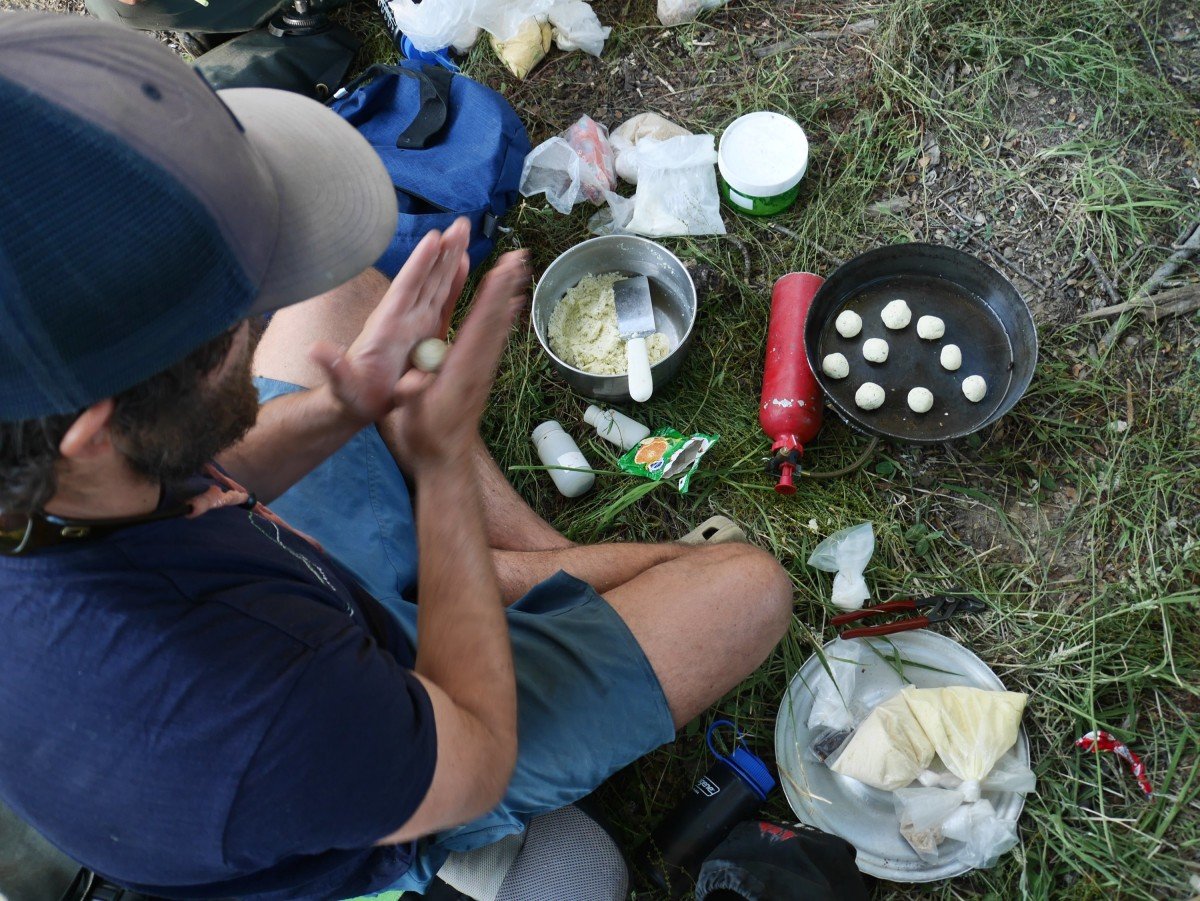We know you love your feline friend, your beclawed bestie, your clawsome companion, but you wish they could enjoy going to the wilderness as much as you do.
Now, when you head to the meowntains or coast for an advenpurr, you don’t have to leave them behind.
Introducing the newest NOLS course: Catpacking.
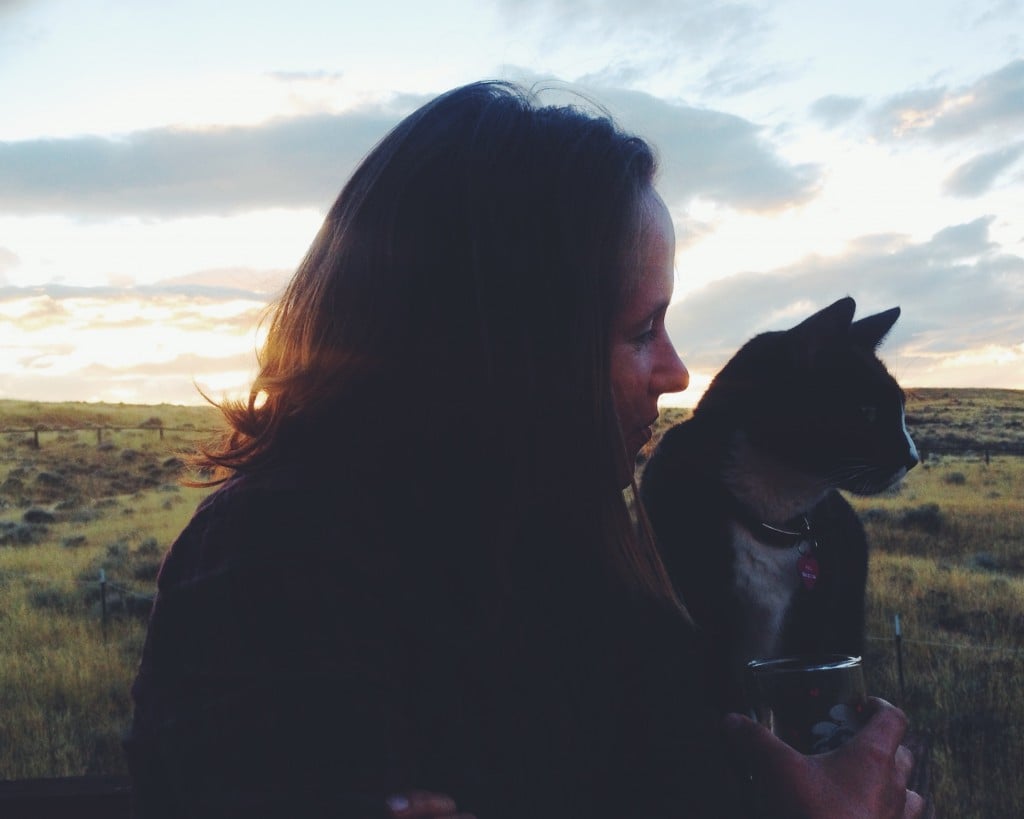
By Alisha Bube.
The course will begin with the fundamentails of living outdoors:
Gearing up,
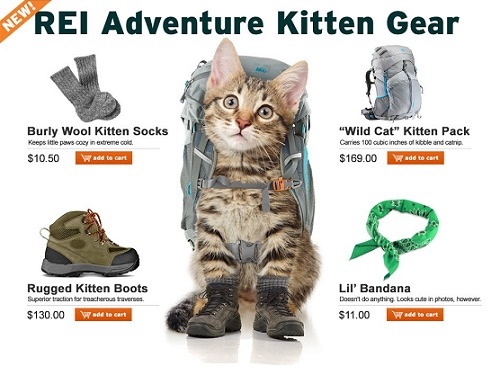
From Ginger Snap Works.
Digging an appropriate cathole,
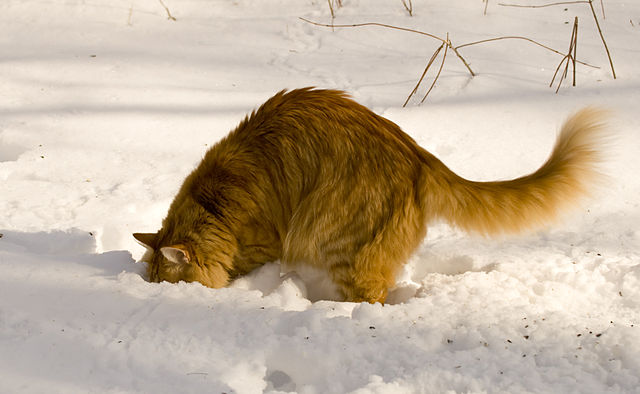
From Wikimedia.
Setting up the purrfect tent,
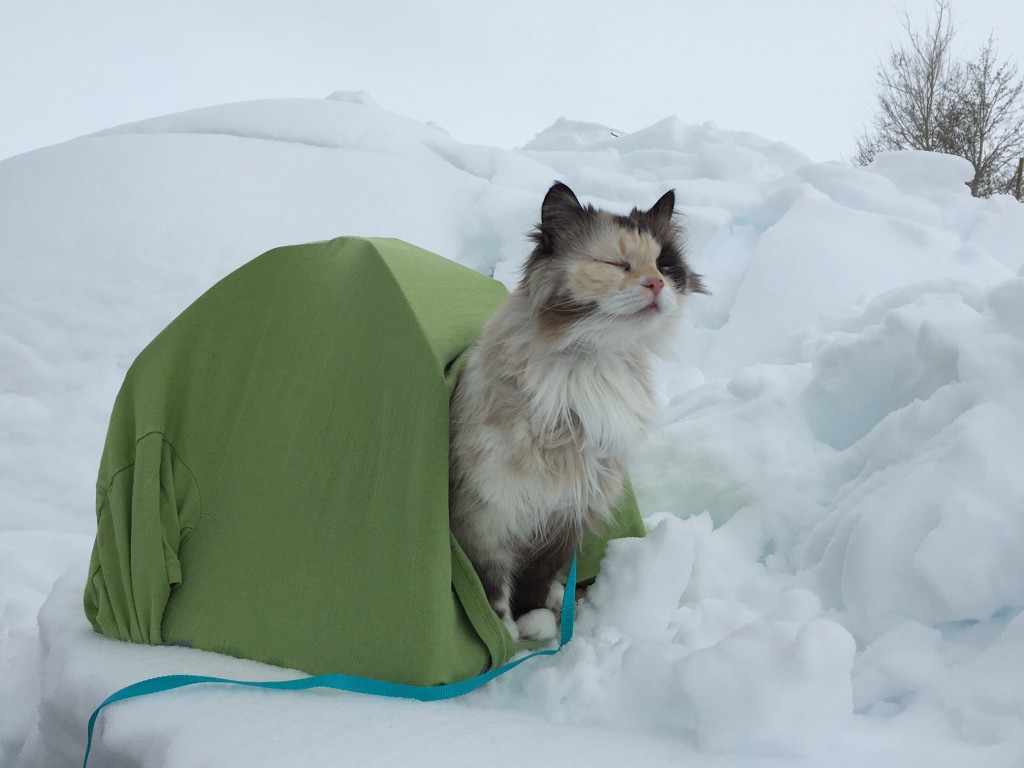
By Samantha Gale.
And staying warm, dry, and feline good in any weather.
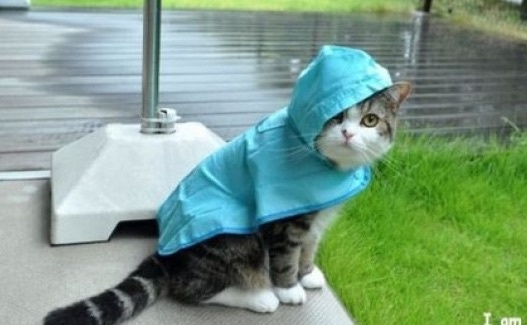
Courtesy of Jeanne O'Brien.
You and your furry friend will then progress to more advanced topics, including (but not limited to):
Tree climbing (always have a spotter)
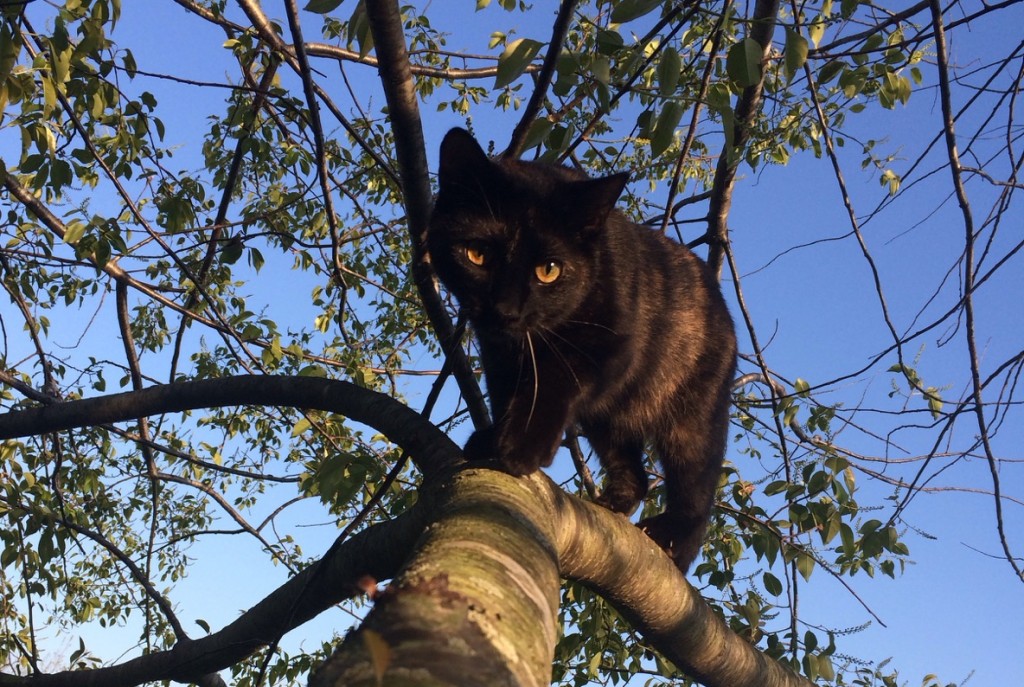
By Emily Darnell.
Flower identification
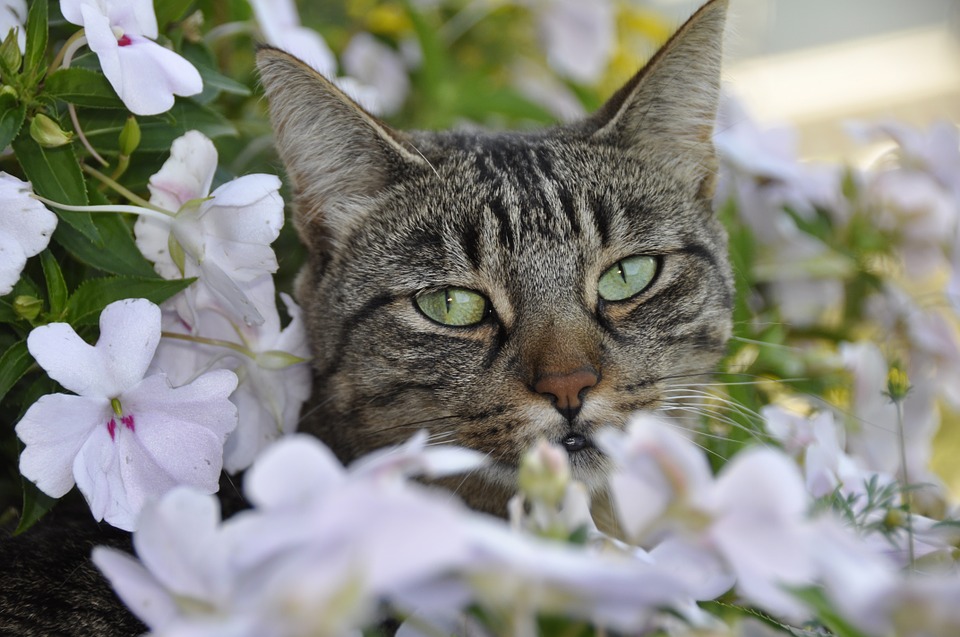
From Pixabay.
And catnap site selection.
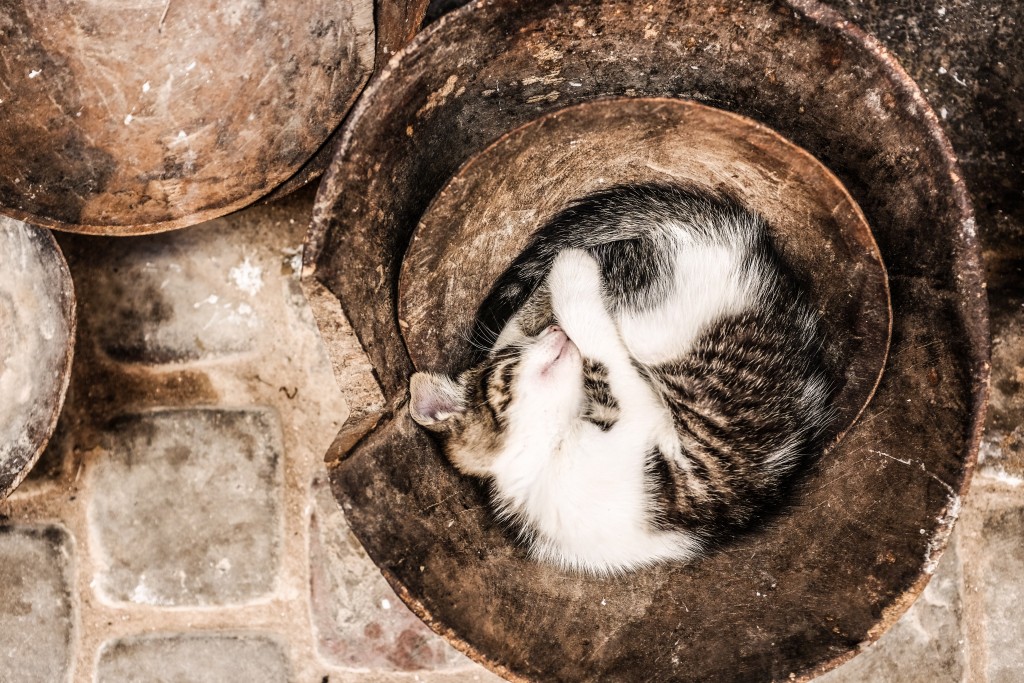
By Alex Pavlou.
On the way, make sure to:
Take plenty of snack breaks

From hqdefault.
Stay hydrated

From Wikimedia.
And wash your face.

From Giphy.
Finally, always remember to pause and enjoy adventuring with your new expert campurr.
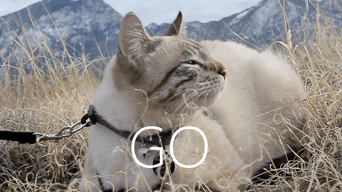
From Giphy.
Join us meow.
We hope you enjoyed this April Fool’s Day post from NOLS. To take a look at the courses we actually offer, click here.
Written By
Molly Herber
Molly is a NOLS instructor and writer. She loves the smell of her backpack and does her best writing before 7:00 am. When she's not scouting the next post for the NOLS Blog, she's running and climbing on rocks in Wyoming. Follow her on Instagram @mgherber



